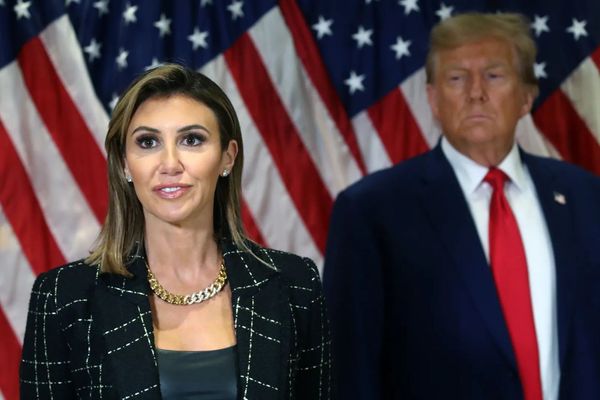
Hiring slowed in September, in a sign the red-hot job market may be cooling.
The Labor Department reported Friday that U.S. employers added 263,000 jobs last month — a modest decrease from the 315,000 jobs added in August. The unemployment rate dipped to 3.5%, matching a half-century low.
Major stock indexes tumbled more than 2% on Friday as Wall Street worried that the cooling did not go far enough to dampen inflation, currently running above 8%, or to convince the Federal Reserve to hit pause on raising interest rates. The Dow fell more than 625 points to close at 29,302.
For months, job openings have far outnumbered unemployed workers, driving up wages. The Fed is eager to see signs of a more balanced job market, as it tries to curb uncomfortably high inflation by steep and steady increases in interest rates.
Loading...
The Fed got some encouraging news earlier in the week, when the Labor Department reported that job vacancies had declined by 10% in August, meaning employers are not as desperate to find workers as a few months ago. At the same time, the pace of hiring held fairly steady.
"I think this is good news for the Federal Reserve," said Nela Richardson, chief economist at the payroll processing firm ADP. "You are seeing some softening in early-stage demand [for workers] but still continuation in hiring."
Manufacturers added 22,000 jobs in September, Friday's report showed — down from 27,000 in August and 37,000 in July. A survey of factory managers released earlier this week pointed to a less frantic need for additional employees.
More than half the factory managers polled said demand for their products appears to be softening, making them reluctant to hire additional workers.
"It's really hard to hire somebody this month and three, four months from now let them go. So people are being a lot more cautious," said Tim Fiore, who conducts the survey for the Institute for Supply Management.
"It's not layoffs, primarily," Fiore said. "It's [hiring] freezes. And when people are quitting, they're not being replaced as quickly. So that's a clear change from where we've been over the last year-and-a-half, two years."
Manufacturing represents a small slice of the overall workforce, however. A similar ISM survey of service-sector businesses found no slowdown in hiring.
Industries with the biggest job gains last month included bars and restaurants (60,000) and health care (60,000). Government employment fell by 25,000.
Construction companies continued to hire workers, even though homebuilding activity has slowed in the face of rising mortgage rates. The construction industry added 19,000 jobs in September — up from 11,000 the month before.
Looking to see how many workers come back to the job market
The U.S. has now replaced all of the jobs that were lost in the early months of the pandemic. Continued job gains will depend in part on the number of workers who are available.
"The more people who come back to the labor market, the more likely we'll see some loosening in hiring conditions and a continuation of these steady gains," said Richardson.
Loading...
August saw a big influx of new and returning workers, as nearly 800,000 people joined or rejoined the labor force. That trend did not continue into September, however. Friday's report shows the workforce shrank last month by 57,000, which is why the unemployment rate declined.
"If the health impact of COVID-19 continues to diminish, I am optimistic that more workers will reenter the labor force," Fed governor Lisa Cook said Thursday. "But there is a risk that labor supply remains below its pre-pandemic trend."
Shortages of both workers and critical supplies have made it hard for businesses to keep pace with strong demand for goods and services. As a result, prices have soared. The Fed initially thought those bottlenecks would ease on their own. But despite some encouraging signs — like a drop in lumber and used car prices — inflation remains stubbornly high. Prices in August were up 8.3% from a year ago.
Since March, the Fed has been aggressively raising interest rates, in an effort to tamp down demand and bring prices under control.
Cook and her colleagues on the Fed's governing board have made it clear that interest rates will remain elevated until there's convincing evidence that prices are leveling off.
"Inflation is too high, it must come down, and we will keep at it until the job is done," Cook said Thursday, in her first public speech as a central bank policymaker.







